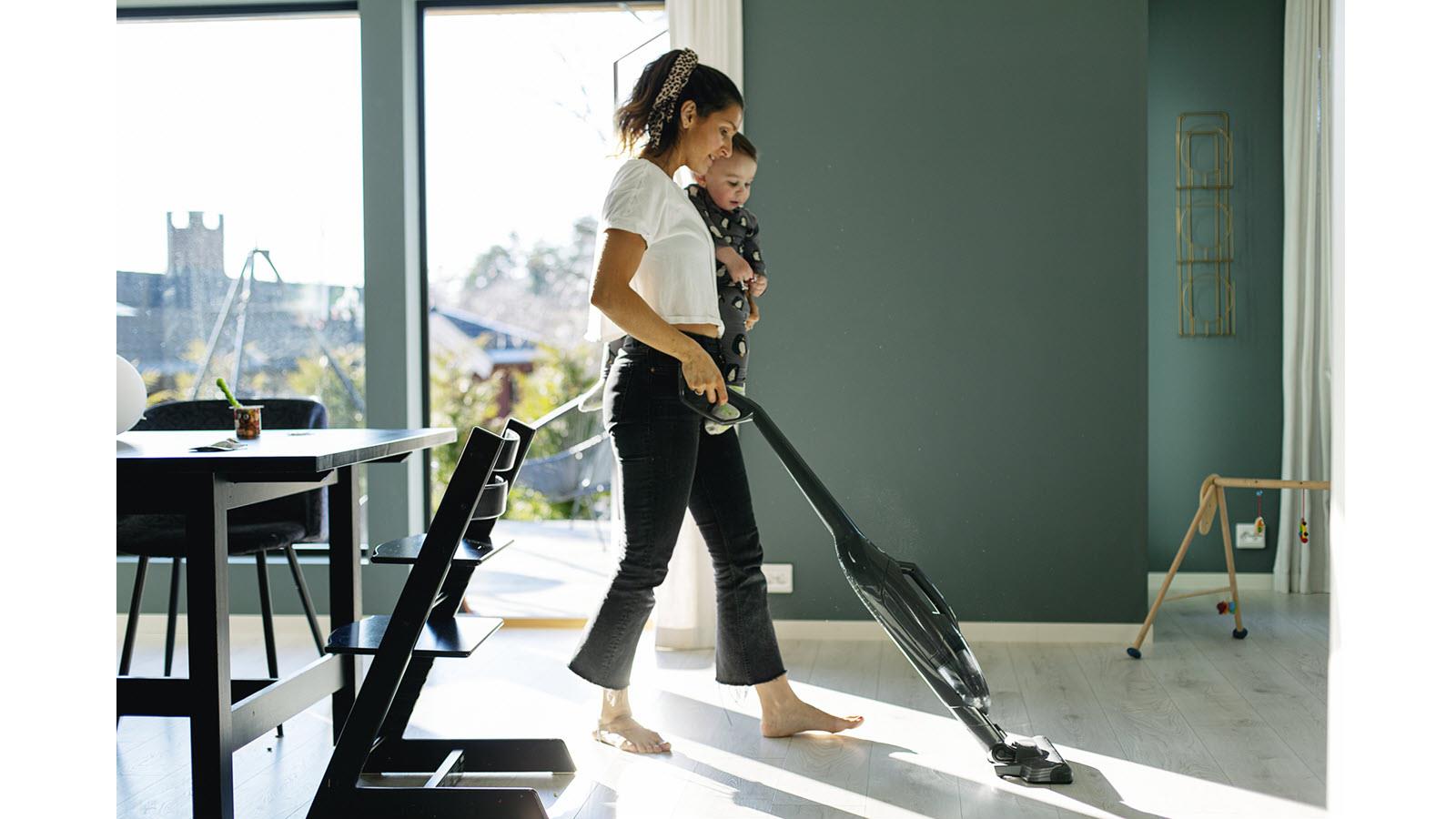You’ve probably heard the old saying that “cleanliness is next to godliness.” But for people who have rare and serious health conditions, maintaining a tidy, spotless home can seem next to impossible.
Time that could have be spent on household chores gets eaten up by medical appointments and managing symptom management. Some conditions make fatigue a daily battle leaving patients to decide which tasks are musts, like showering and going to work, and which are not.
If clean surroundings a priority, try breaking down task into manageable milestones, experts say.
“Though you may be tempted to just get it done so that you can rest, you will often fare better in the end by completing small tasks, with long breaks in between,” said Jenny Lee, a physical therapist in Canada.
She recommends scheduling cleaning as part of a day’s activities. That includes factoring time to rest.
“Take a break for at least double the time you spent on the task. For example, start with 10 minutes of a task, and then take a break for at least 20 minutes,” she said.
If no pain has flared up by the end of the break and your energy level allows it, try 15 minutes of activity, with a 30-minute break for your next cleaning task.
The key is to break your tasks down into smaller milestones that you can complete with the energy you have, said D’Yonna Riley, a New York-based certified wellness and nutrition coach. Instead of setting a goal to clean your whole house, set a goal to clean one room, “or even a corner of a room if that's all the energy you have.”
If you don’t feel up to completing the goal you have set, show yourself compassion. The dust bunnies will still be there tomorrow, when you will have another opportunity to whisk them away.
“Getting down on yourself only makes it harder. Acknowledge when you've given the best you have to give, and commit to giving your best again the next day,” Riley said.
Establishing a pace for household chores bolsters our sense of accomplishment, said Heidi Sue Roth, a chronic pain coach in California. It’s a good habit that pays off over time.
“Pacing allows a person to do part of an individual task. One thing gets cleaned at time. For example, one morning you clear and clean the vanity in the bathroom. The next, you clean the toilet. Using pacing, it is amazing how much you will get done over a week,” she said.
It’s also helpful to establish a cleaning routine that prioritizes the spaces where you spend most of your time. If you spend a lot of time in your bedroom, keep cleansing wipes in the bedside table so you can clean surfaces as needed.
Invest in labor-saving products and practices that make it easier to keep a clean home:
- Use automatic toilet bowl cleaner.
- Get a squeegee and keep it in the shower so you can wipe down tile and glass regularly.
(A squeegee also can lift pet hairs from the carpet.)
- Consider a roaming, self-powered vacuum cleaner such as the Roomba, which can eliminate the floor chore.
- Disinfect sponges by zapping them in the microwave for one minute or running them in the dishwasher.
Keep in mind that you are not the only person who can clean your house, says Roth, the chronic pain coach. Enlist the help of kids and spouses; pay professional cleaners; and take friends and neighbors up on their offers to help.
“The people who offer to help mean it. Helpers get something out of helping, too,” she said.
Whether you tap a friend or hire a cleaning person, someone who is not familiar with your home or your routine will not know where to begin. Make a list of chores they can do. Let them do the heavy lifting and deep cleaning so you can focus on tidying up.



